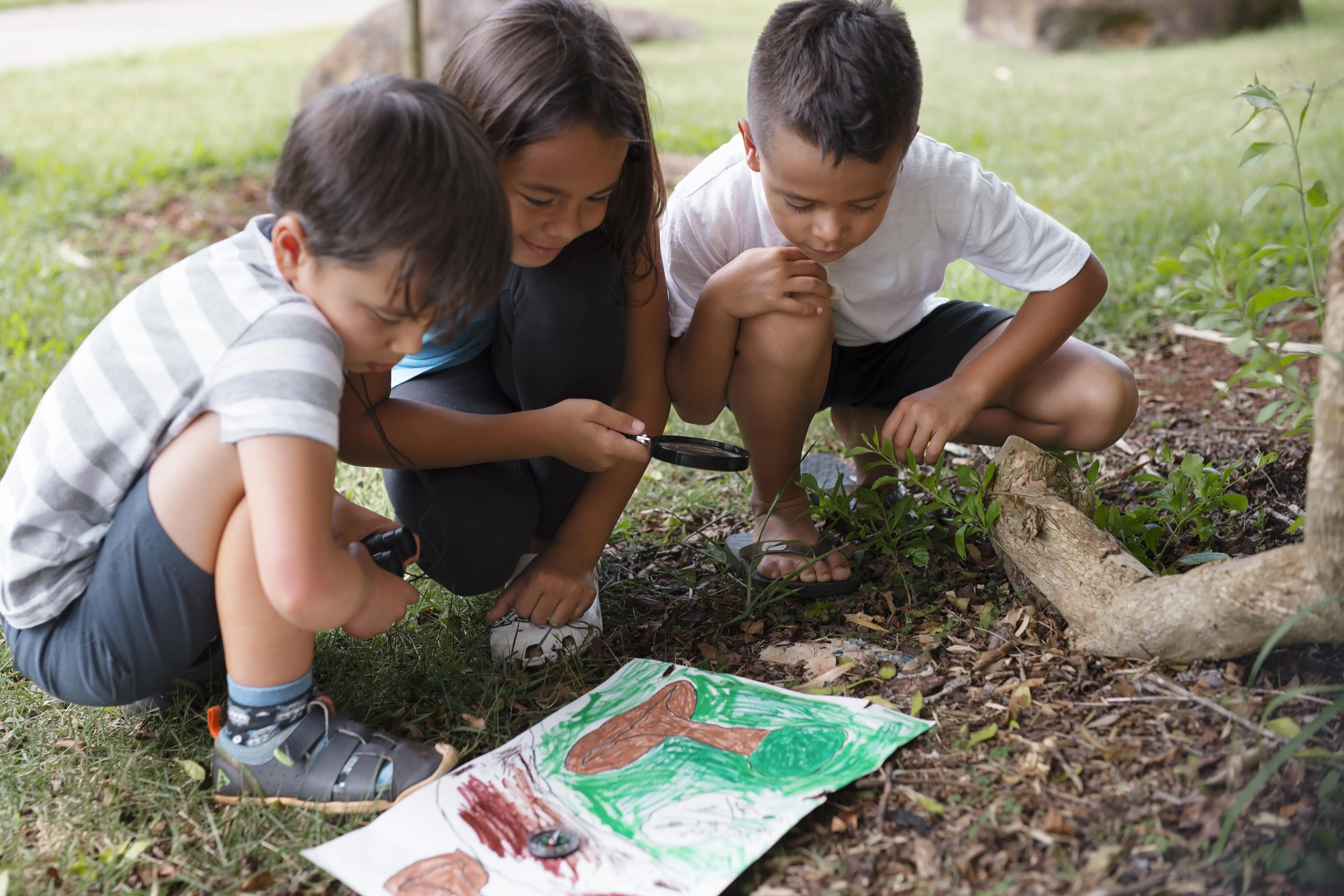Child character development involves a young individual's growth, transformation, and maturation within a story or narrative. It encompasses the progression of their personality, abilities, relationships, and understanding of the world.
Child characters evolve through experiences, interactions, and challenges and undergo emotional, cognitive, and social development. They learn to navigate complex emotions, form and maintain relationships, overcome obstacles, and make decisions based on their evolving understanding of themselves and their world.
Whether it's a journey of self-discovery, learning essential life lessons, or discovering their unique strengths, child character development allows readers or viewers to witness the growth and transformation of these young individuals as they navigate the joys and challenges of childhood and adolescence.
Building a character in school involves nurturing positive values, behaviors, and attitudes in students. Here are seven approaches and strategies to help foster character development in a school setting:
 Provide opportunities for students to take on leadership roles, make decisions, and contribute to the school community. This can be achieved through student councils, clubs, community service projects, or organizing events. By engaging in meaningful activities, students learn responsibility, teamwork, and the importance of positively impacting others.
Provide opportunities for students to take on leadership roles, make decisions, and contribute to the school community. This can be achieved through student councils, clubs, community service projects, or organizing events. By engaging in meaningful activities, students learn responsibility, teamwork, and the importance of positively impacting others.
1. Create a positive and inclusive school culture
Establish an environment that promotes respect, empathy, and inclusivity. Encourage students, teachers, and staff to treat each other kindly and fairly. Emphasize the importance of diversity and teach students to appreciate and value different perspectives and backgrounds.2. Implement character education programs
Integrate character education into the curriculum through structured programs or initiatives. These programs can include specific lessons, activities, and discussions about honesty, responsibility, perseverance, respect, and empathy. Teach students about the importance of these values and provide opportunities to practice and apply them in real-life situations.3. Foster strong relationships and positive role models
Encourage meaningful connections between students, teachers, and other school staff. Promote mentorship programs, peer support networks, and collaborative learning environments. Students can learn from others by fostering positive relationships, providing role models, and developing desirable character traits.4. Encourage student involvement and leadership
 Provide opportunities for students to take on leadership roles, make decisions, and contribute to the school community. This can be achieved through student councils, clubs, community service projects, or organizing events. By engaging in meaningful activities, students learn responsibility, teamwork, and the importance of positively impacting others.
Provide opportunities for students to take on leadership roles, make decisions, and contribute to the school community. This can be achieved through student councils, clubs, community service projects, or organizing events. By engaging in meaningful activities, students learn responsibility, teamwork, and the importance of positively impacting others.

.webp)
